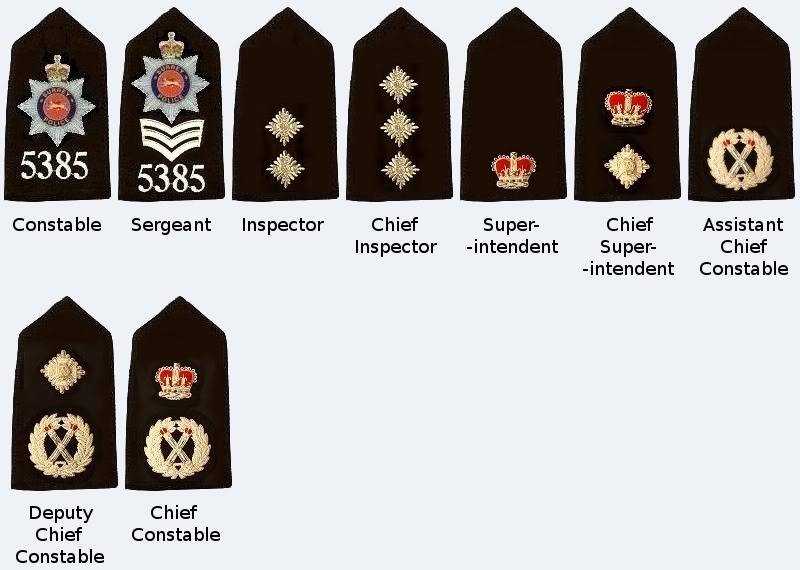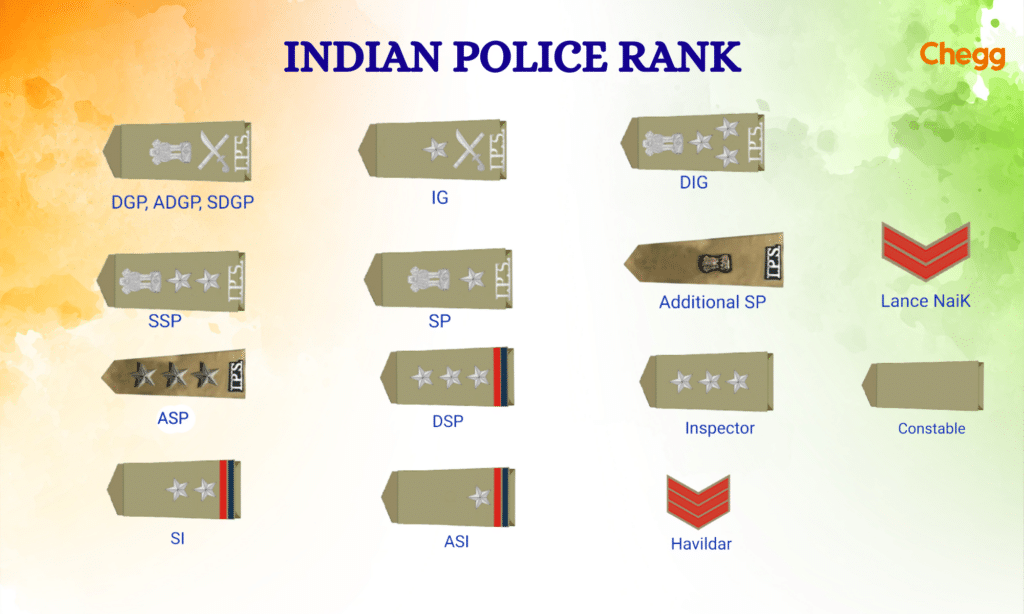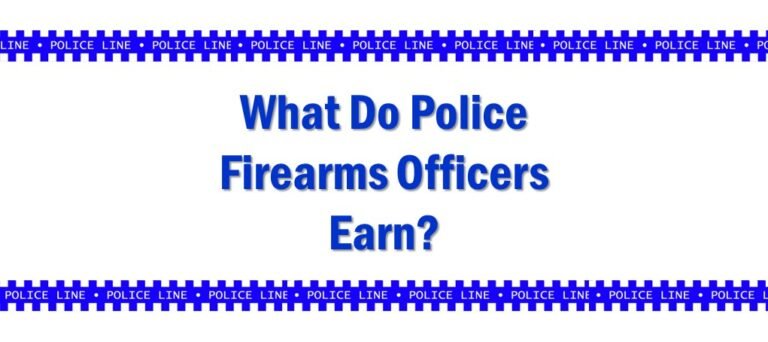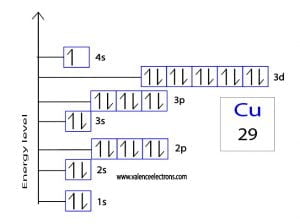British Police Ranks: A Comprehensive Guide

Understanding the British Police Ranks can be both fascinating and essential, whether you’re a law enforcement enthusiast, a student, or someone looking to join the force. The UK police structure is hierarchical, with each rank carrying specific responsibilities and authority. This guide will walk you through the ranks, their roles, and key distinctions, ensuring you have a comprehensive understanding of the system.
Overview of British Police Ranks

The British Police Ranks are divided into two main categories: Police Officers and Police Staff. Officers are uniformed personnel with law enforcement powers, while staff support operations in non-uniformed roles. Below, we break down the ranks from the most junior to the most senior.
Police Constable (PC)
The Police Constable is the entry-level rank for uniformed officers. PCs are the backbone of the force, responsible for patrolling, responding to emergencies, and enforcing the law. They work closely with the community to maintain public safety.
Sergeant (Sgt)
A Sergeant oversees a team of constables, ensuring operations run smoothly. They handle more complex cases and act as a bridge between constables and higher-ranking officers. Sergeants often manage shifts and provide on-the-ground leadership.
Inspector (Insp)
An Inspector manages multiple sergeants and constables, focusing on operational planning and decision-making. They play a crucial role in coordinating responses to major incidents and ensuring resources are allocated effectively.
Chief Inspector (Ch Insp)
The Chief Inspector oversees larger areas or departments, such as a borough or specialized unit. They are responsible for strategic planning and liaising with senior leadership to implement policies.
Superintendent (Supt)
A Superintendent manages significant operational areas, often commanding multiple police stations. They handle high-level decision-making and ensure the force meets its objectives.
Chief Superintendent (Ch Supt)
The Chief Superintendent leads major divisions or commands, overseeing large teams and critical operations. They work closely with senior leadership to shape policing strategies.
Assistant Chief Constable (ACC)
An Assistant Chief Constable supports the Chief Constable in managing the entire force. They focus on strategic development, policy implementation, and inter-force collaboration.
Deputy Chief Constable (DCC)
The Deputy Chief Constable is the second-in-command, assisting the Chief Constable in all aspects of force management. They often lead on major initiatives and represent the force at national levels.
Chief Constable (CC)
The Chief Constable is the highest-ranking officer, responsible for the overall leadership and performance of the police force. They set the strategic direction and ensure the force serves the public effectively.
| Rank | Responsibilities |
|---|---|
| Police Constable (PC) | Patrolling, emergency response, law enforcement |
| Sergeant (Sgt) | Team management, case handling |
| Inspector (Insp) | Operational planning, incident coordination |
| Chief Inspector (Ch Insp) | Department management, policy implementation |
| Superintendent (Supt) | Area management, resource allocation |
| Chief Superintendent (Ch Supt) | Division leadership, strategic planning |
| Assistant Chief Constable (ACC) | Strategic development, inter-force collaboration |
| Deputy Chief Constable (DCC) | Force management, major initiatives |
| Chief Constable (CC) | Overall leadership, strategic direction |

📌 Note: Ranks may vary slightly between different police forces in the UK, but the core structure remains consistent.
Key Differences Between Ranks

Each rank in the British Police Ranks system has distinct responsibilities and authority levels. While constables focus on frontline duties, senior officers handle strategic planning and policy implementation. Understanding these differences is crucial for anyone interested in the policing system.
How to Progress Through the Ranks

Progression through the British Police Ranks requires a combination of experience, training, and leadership skills. Officers must demonstrate competence in their current role before advancing. Promotions often involve assessments, exams, and interviews.
Checklist for Understanding British Police Ranks

- Familiarize yourself with the rank structure.
- Understand the roles and responsibilities of each rank.
- Research the progression requirements for each level.
- Explore the differences between police officers and staff roles.
The British Police Ranks system is a well-structured hierarchy designed to maintain law and order effectively. From the frontline Police Constable to the strategic Chief Constable, each rank plays a vital role in serving the public. Whether you’re considering a career in law enforcement or simply curious about the system, this guide provides a clear and comprehensive overview.
What is the entry-level rank in the British Police?
+The entry-level rank is Police Constable (PC), responsible for frontline duties like patrolling and emergency response.
How do officers progress through the ranks?
+Progression involves gaining experience, completing training, and passing assessments or exams for promotions.
What does a Chief Constable do?
+The Chief Constable is the highest-ranking officer, responsible for the overall leadership and strategic direction of the police force.
British Police Ranks,Police Hierarchy,Law Enforcement Ranks,UK Police Structure



